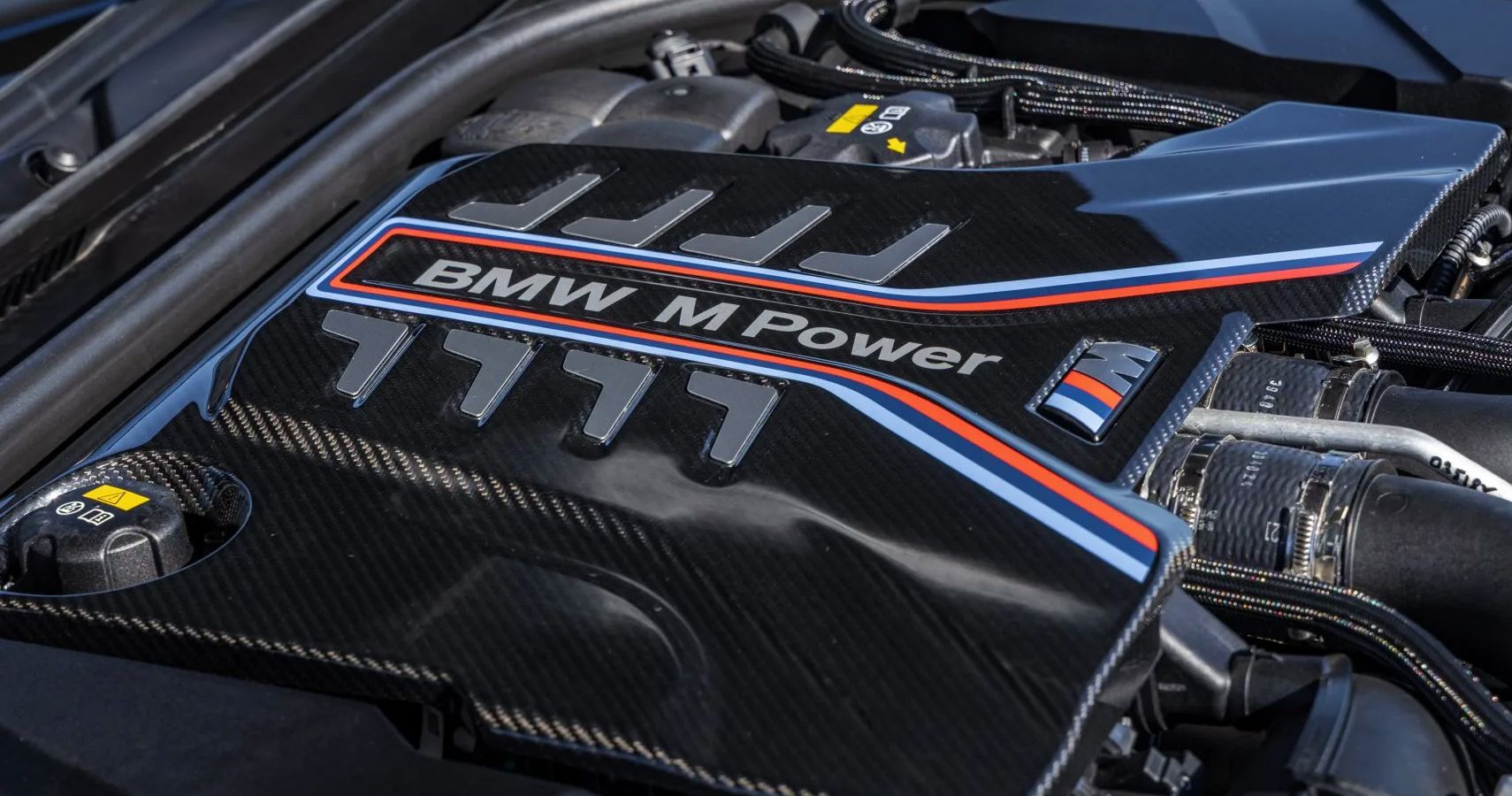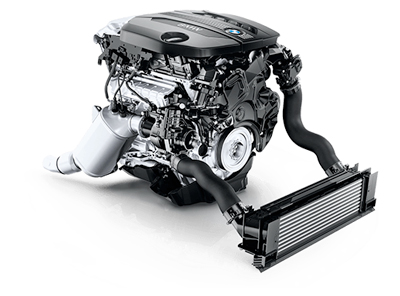The Advancement of the BMW Engine: A Recall at Iconic Versions
Wiki Article
Exploring the Evolution of Combustion Engines in Modern Transportation Systems
As we navigate the landscape of contemporary transportation, the development of combustion engines stands as a testament to human ingenuity and engineering prowess. From their humble beginnings to the sophisticated giants propelling vehicles today, combustion engines have actually undertaken a remarkable trip of innovation and adjustment. Recognizing the details of this advancement not just clarifies the past but additionally leads the means for picturing what exists ahead in the realm of transport innovation. The interplay of history, modern technology, and ecological problems fit the trajectory of burning engines creates a narrative that is both engaging and insightful.Early Beginnings of Combustion Engines
Just how did the idea of burning engines first emerge in the beginning of transportation advancement? The roots of combustion engines can be mapped back to the 17th century when the principles of inner combustion were very first discovered. In 1673, Christian Huygens conceived a basic interior burning engine that utilized gunpowder to create power. Nonetheless, it wasn't till the late 19th century that sensible applications of burning engines in transportation started to arise.The advancement minute came with the creation of the initial successful gasoline-powered engine by Karl Benz in 1885 - bmw engine. This engine led the way for the growth of the modern car, transforming transport systems worldwide. Succeeding innovations by Nikolaus Otto and Gottlieb Daimler additionally improved burning engine technology, resulting in the automation of autos and the rapid growth of the transport sector
These very early burning engines were defined by their simpleness and effectiveness, laying the structure for the complicated and powerful engines utilized in modern-day transport systems. The advancement of combustion engines has actually been crucial in shaping the means we travel and deliver items, noting a considerable turning point in the history of transport growth.
Shift to Internal Burning Technology
The transition to inner burning innovation marked a pivotal change in the development of transportation systems. This shift started in the late 19th century, with inventors like Nikolaus Otto and Gottlieb Daimler developing the initial effective internal burning engines. These engines reinvented transportation by offering an extra effective and reliable option to steam engines and electrical motors.One of the vital benefits of internal burning engines was their ability to be reduced to match vehicles, causing the advancement of automobiles and bikes. This shift from cumbersome, stationary engines to portable, mobile ones paved the means for the modern transport systems we see today.
The transition to inner combustion innovation additionally spurred innovations in fuel modern technology, resulting in the growth of gasoline and diesel as key fuel resources for cars. This change not only made transportation extra available to the masses yet also laid the structure for the oil and gas sector to end up being integral to worldwide economic situations.
Impact of Combustion Engines on Transport
The fostering of combustion engines in transportation systems militarized an extensive shift in the effectiveness and speed of international mobility. Combustion engines changed transport by offering a trusted and versatile resource of power for various vehicles, including cars and trucks, trucks, planes, and ships. This innovation considerably improved the capability for individuals and items to relocate over lengthy ranges in much shorter timespan, leading to enhanced connection between areas and countries.Moreover, the prevalent usage of burning engines has actually had a considerable effect on economic development. The ability to transfer goods efficiently has stimulated profession and business, enabling organizations to broaden their markets and reach consumers worldwide. This has actually assisted in economic growth and globalization, as products can now be carried quicker and in larger amounts than ever.
Nonetheless, the ecological influence of burning engines can not be you could try here ignored. The combustion of fossil fuels has actually brought about air contamination and greenhouse gas emissions, contributing to environment modification and positioning health threats to populations. bmw engine. Consequently, there is an expanding emphasis on creating different propulsion innovations to mitigate these unfavorable impacts and produce a more lasting future for transportation
Innovations in Burning Engine Design
Countless improvements in combustion engine layout have propelled the advancement of transportation systems over the years. One noteworthy innovation is the advancement of turbocharged engines, which use exhaust gases to drive a generator that compresses inbound air, enabling even more fuel to be burned, resulting in raised power output without a substantial increase in engine dimension. In addition, direct shot technology has actually improved fuel performance and performance by exactly regulating the amount and timing of gas infused right into the combustion chamber. Variable shutoff timing systems have likewise changed engine design by enhancing air movement at different engine speeds, boosting both power and efficiency. Another significant improvement is the assimilation of lightweight materials such as carbon fiber and light weight aluminum alloys, lowering overall engine weight and enhancing automobile gas economy. Moreover, advancements in computer-aided style have actually made it possible for engineers to optimize engine performance and effectiveness with simulations prior to physical models are constructed, conserving time and resources in the development process. These innovations collectively contribute to the continuous improvement of burning engines in modern-day transport systems.Future Patterns in Combustion Engine Growth
With innovation advancements driving constant innovation, the future of burning engine development is poised to change transportation systems internationally. One of the key patterns in burning engine development is the press towards higher performance useful content and decreased discharges.An additional popular pattern is the fostering of hybrid innovations in burning engines. Crossbreed engines combine conventional burning modern technology with electric power, providing boosted gas efficiency and lower discharges. As the vehicle sector shifts towards electrification, hybrid combustion engines are viewed as a transitional remedy that bridges the gap between traditional automobiles and totally electrical ones.
Moreover, the integration of smart innovations, such as expert system and data analytics, is expected to play a considerable function in the future of combustion engine development. These modern technologies can maximize engine efficiency in real-time, bring about more efficient combustion procedures and boosted total lorry efficiency. Welcoming these future fads will certainly not just drive advancement in combustion engine advancement but also add to a much more sustainable and environmentally friendly transportation environment.

Verdict
In final thought, the development of combustion engines in modern-day transport systems has been marked by substantial innovations in innovation and design. From the very early starts of combustion engines to the change to interior combustion modern technology, these engines have actually had a profound influence on transport.The roots of burning engines can be mapped back to the 17th century when the concepts of inner combustion were initial discovered. These engines transformed transportation by supplying a much more efficient and effective alternative to vapor engines and here are the findings electric motors.

Report this wiki page